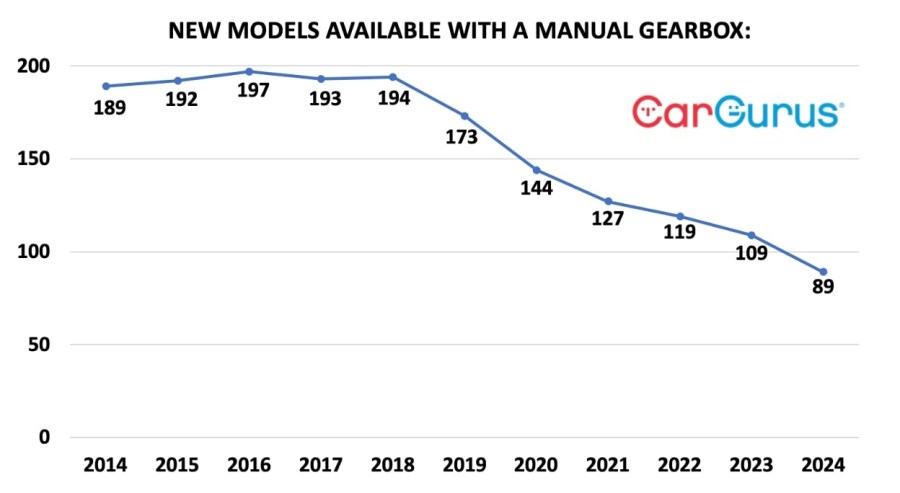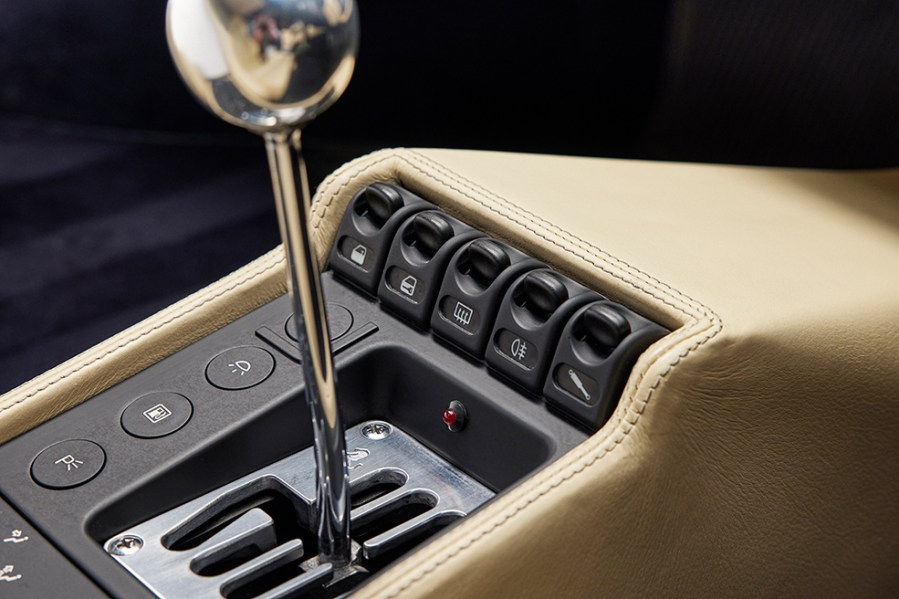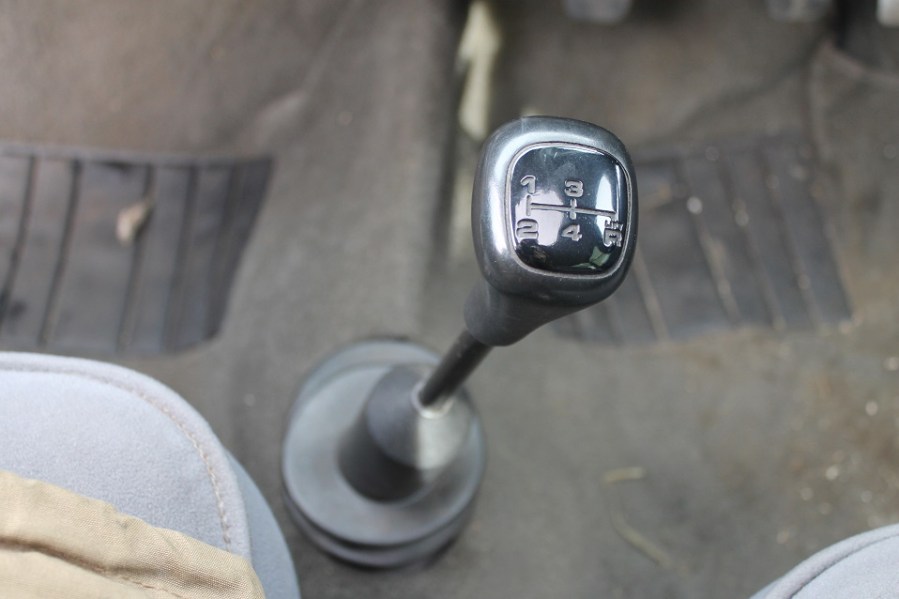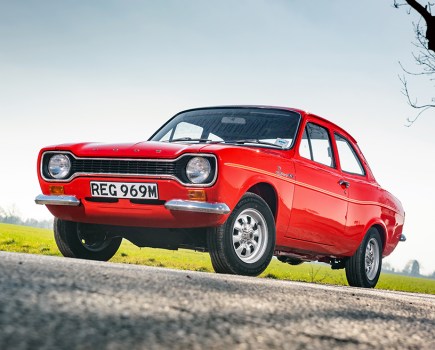Fresh data shows the number of new manual cars has more than halved in the last six years. Here’s why that could be bad news for classics
Automotive sales platform CarGurus has released data showing a rapid and continuing decline in the number of new cars with manual gearboxes on sale in the UK, leading to fears that drivers in future will not be qualified to drive older classics without automatic transmission.
The data shows that 89 models are currently available to buy new with a manual, down some 55 per cent since a 10-year peak in 2016 when 197 models were offered. Between 2014 and 2018, manual gearbox availability remained relatively consistent with no more than four per cent variation between years; after 2018, however, a steady decline can be seen.
Since last year, an 18 per cent decline from 109 to 89 models has cemented fears that a complete disappearance of manual gearboxes in mainstream cars could be on the cards as soon as 2029.
CarGurus’ research has found that many manufacturers have already eliminated manual gearboxes from their ranges completely, with the growing number of electric cars having no need for traditional gearboxes. Lexus, Mercedes, Jaguar and Volvo all offer automatic-only ranges as each makes a shift towards electrification. All but Mercedes have made commitments to fully electric ranges by 2030, or 2025 in the case of Jaguar. Conversely, Volkswagen is the brand with the most manual cars available in its current line-up with 10 models, although this number includes the Amarok pick-up truck and Transporter van-based MPV.

Ford is next in the chart with six models, although this includes the discontinued Fiesta and Ranger pick-up. Recent reports have suggested that Ford is set to restrict sales of ICE models (rather than boost EV production) to meet the UK’s electric vehicle quotas for manufacturers – a move that could see the Blue Oval’s manual gearbox offerings dwindle further.
“We’re not going to pay penalties, we are not going to sell EVs at huge losses just to buy compliance,” Ford’s head of electric vehicle sales in Europe Martin Sander told the Financial Times. “The only alternative is to take our shipments of [ICE] vehicles to the UK down and sell these vehicles somewhere else.”
Hyundai – a firm with plenty of electrified cars on its books – also has six manual cars in its range, while Skoda, Vauxhall, Seat and Mazda each offer five manual options. MINI, Honda, Land Rover and Jeep are down to just one manual car each.
Enthusiast-focused Porsche still offers a manual transmission for the 911, Boxster and Cayman, although BMW – purveyor of the Ultimate Driving Machine – only has three manual models left: 1 Series, 2 Series and the M2.

Porsche still offers a manual gearbox on many of its models, including the seven-speed item fitted to the 911. Some faster versions are dual-clutch-only, however
The manual gearbox’s rapid fall from favour can be attributed to a perfect storm of tightening emissions rules, stricter safety regulations and the continued adoption of hybrid and pure-electric drivetrains. An automatic gearbox typically allows for better integration of driver assistance features like active cruise control, for example, as well as more effective integration of electric power into a series or parallel petrol-electric hybrid system.
“Historically, manual gearboxes have found favour for their lower cost compared to automatics, as well as their more responsive nature and improved fuel economy,” said Chris Knapman, editorial director at CarGurus UK. “However, updates in technology mean that many modern automatics are at least as efficient as a manual alternative, and much more responsive than the systems fitted in years gone by.”
The concern is that the lack of new manual cars will result in fewer people taking a test in a manual, meaning they are only qualified to drive an automatic. With manuals previously the default choice and an automatic history being the niche choice for anything other than prestige cars, the worry is that drivers in the future will not be permitted to drive the majority of classic cars, leading to doubts over their viability.

Some of the all-time best manual gearboxes (and the cars they are fitted to) could become particularly sought after in the coming years
Over the past decade, tests in automatics have increased by 238 per cent to a record high of more than 325,000 last year, according to the Driver Vehicle and Licensing Agency. The AA also says that two in five people training to be an instructor last year chose an automatic rather than a manual. It is hardly surprising that some learners now see no need to learn in a manual – it’s another thing to master, and without it, fewer lessons are likely to be required, reducing costs.
Existing manual cars are safe for now but as the supply of new three-pedal models dwindles, the very best examples of the breed could well become even more prized than they already are. We’d suggest holding onto that Civic Type R, Mk1 MX-5, open-gate Ferrari or G50-equipped 911 – who knows where their values will end up in 10 years’ time.






